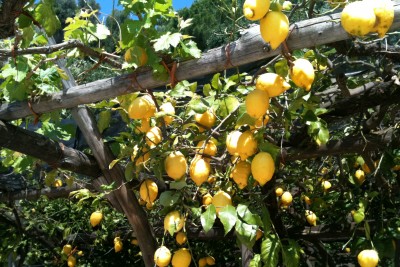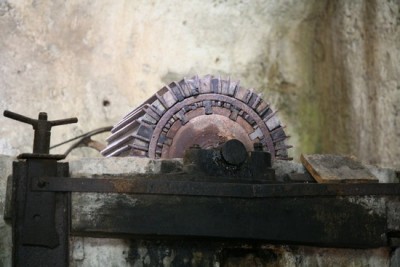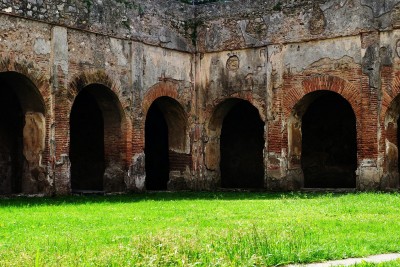Amalfi's Pasticceria Pansa, Where Time Stopped
For two centuries this café has been satisfying the cravings of writers and musicians, aristocrats and commoners





In the Piazza del Duomo, the heart of the historic center, next to the steps of the cathedral, there is a cafe where time has stopped. For over 180 years Pasticceria Pansa has been a sweet institution in Amalfi.
Opened in 1830 by Andrea Pansa, a master in the art of confectionery, and managed by five generations of Pansas, the café/pastry shop has been satisfying the cravings of writers and musicians, aristocrats and commoners with its sweets, cookies, candied fruit and chocolates.
If you find one free, sit at one of the tables outdoors. Inside, apart from the perfectly preserved nineteenth-century decoration, there are dozens of sweets, almost all unique, that distinguish Pasticceria Pansa.

If the outside temperature allows it, try the hot chocolate, a specialty of the house. It is so dense and dark that it looks like a pure cocoa extract, but it has just the right degree of sweetness.
Among the candied fruit, the half orange slices and lemon peel covered with chocolate are especially good. And, if you would like to have more choices, or take home some more delicacies, you can visit the small shop that Pansa opened past the Duomo on the other side of the street. The babà is another great specialty of the Pasticceria Pansa. The origin of this typical Neapolitan pastry comes from very far away. According to tradition, the babà was invented, albeit unintentionally, by the former king of Poland Stanislaus.

At 30, Stanislaus had become king, but soon after, in 1735, Peter the Great, Czar of Russia, defeated him in war. Having lost his kingdom, Stanislaus was relegated to the small French Duchy of Lorraine. There, maybe also to forget the loss, Stanislaus loved to end his meals with sweets accompanied by quite a few glasses of wine and rum. The local pastry specialty was Kugelhupf, a sweet typical of Lorraine made of spongy dough.

One day, maybe a little tipsy, Stanislaus accidently poured a bottle of rum on a Kugelhupf, completely soaking it. The dough quickly assumed a much richer golden shade, while the scent of rum began to spread. The former king tried it, loved it and decided to name his creation after to Ali Baba, in honor of the protagonist of one of his favorite books, "The Thousand and One Nights.
From Lorraine, the babà arrived in Paris, where it was adopted by the famous pastry shop Sthorer. Soon after, it was exported to Naples, where it assumed its characteristic mushroom shape, by the so called monsù, the French chefs who were hired by the Neapolitan noble families.
After having a nice babà at the cafe you should visit the sister shop just along Via Capuano (on the left). There you can buy some of the famous Pansa candied fruit covered with chocolate or great Pansa gelato. Then, if you are really in love with what you tried, you can visit the Pansa chocolate laboratory in Piazza del Minucipio 12.




